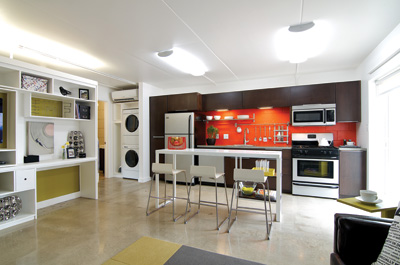Jeremy Hudson
Cofounder and CEO, Specialized Real Estate Group
Fayetteville, Arkansas
- I grew up with severe allergies and asthma. While there are likely many factors that led to the severity of my experience with both asthma and allergies, I am confident that the buildings I lived and spent time in contributed to the problem. Looking back, I see that the indoor air quality of those buildings was a major contributor to my issues. Since this realization, I have become committed to practices that deliver better air quality in both our new construction and existing projects.
